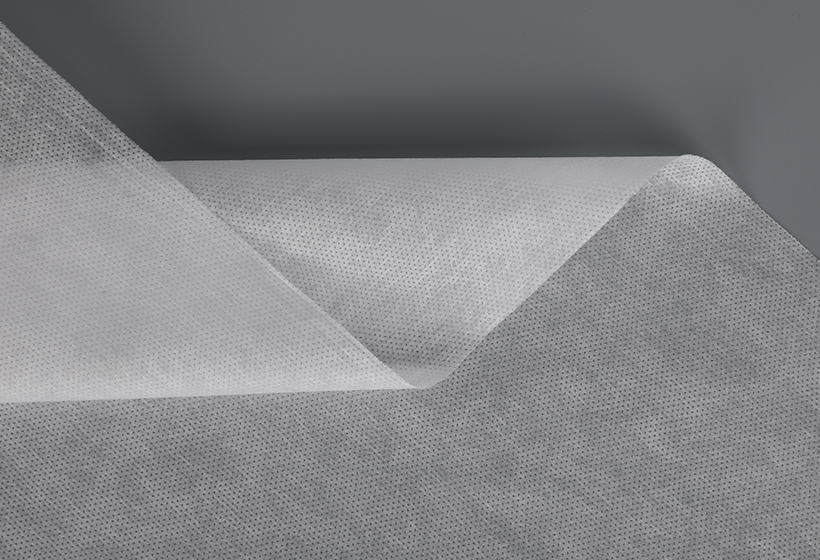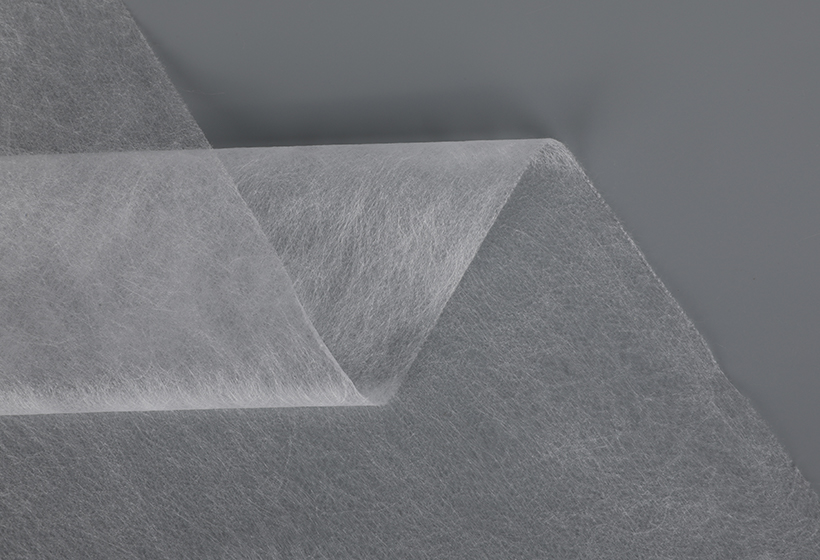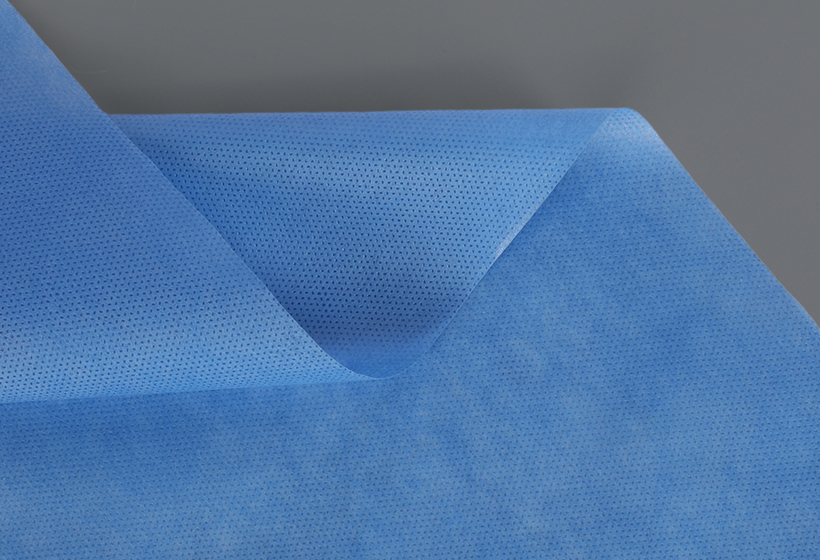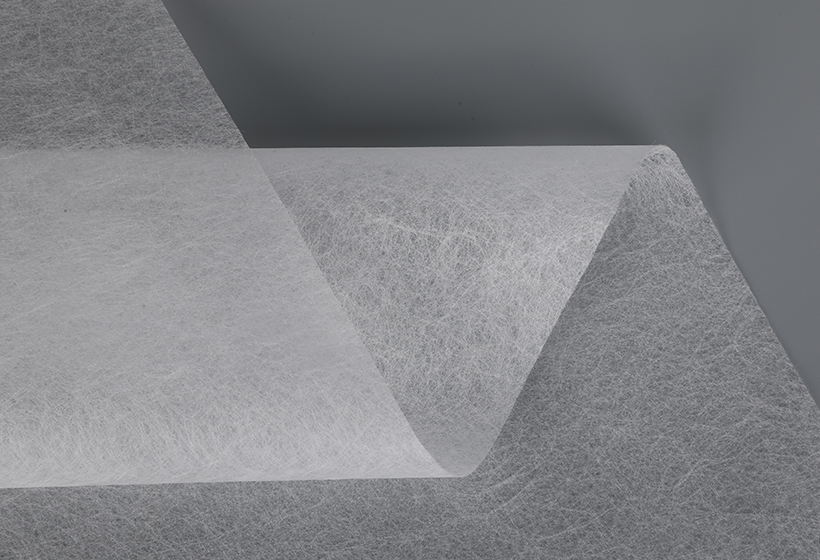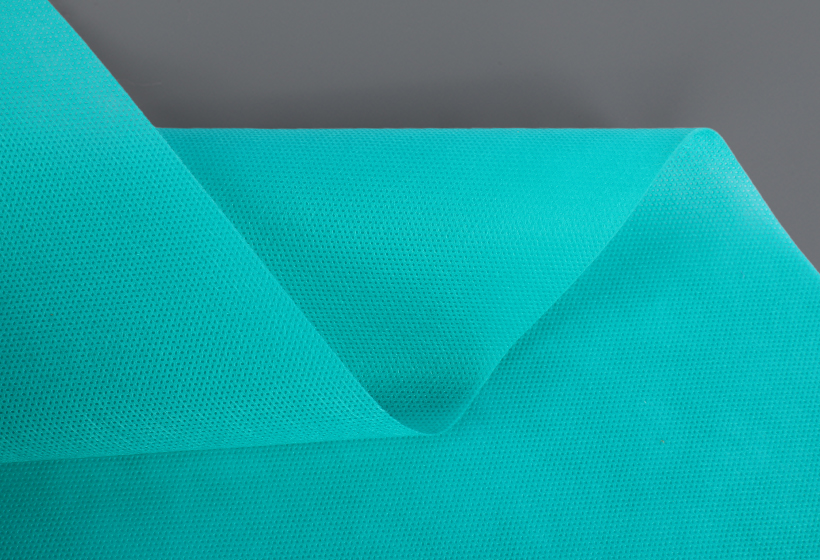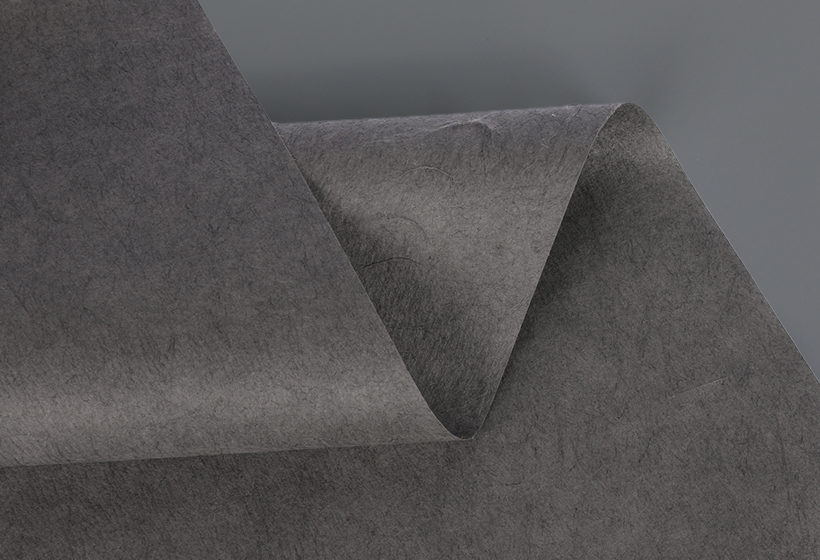What are the thicknesses of non-woven fabric? These fabrics are manufactured and sold based on their tensile strength, air permeability, and square grammage. The thickness of non-woven fabrics is not determined arbitrarily, but is a result of the different processing methods and production conditions. Thickness varies, as do tensile strength and air permeability requirements.
Non-woven fabric is available in many different types, including spunlace and PP. Spunlace is the most common type, with a thickness of about 0.2mm. Spunlace is softer and looser than PP fabric. Meltblown non-woven fabric is thicker and feels rougher than spunlace, but is more expensive. While both types are acceptable, the difference in thickness is important.
For the most accurate measurement, it is important to use a standard nonwoven fabric testing method. The standard test method for thickness measurement includes a sampling procedure, a presser foot size, and a limited amount of time to note the gauge reading. The thickness of nonwoven fabric is important for many applications. The thickness of nonwoven fabric determines its quality and performance.
Unlike woven fabrics, which are fabricated through the weaving process, nonwoven fabrics do not require any kind of spinning. They are manufactured by entangling fibers and perforating a film. The process increases the thickness of nonwoven fabric, allowing it to change from thin to thick and back to its original thickness over. However, nonwoven fabric is environmentally friendly, and typically contains a certain amount of recycled fabric.
Non-woven fabric can be manufactured in several different ways. The process used to create staple nonwovens takes four steps. First, staple fibers are spun, trimmed to a few centimeters, and placed into bales. Next, they are blended. After this, they are spread in a uniform web through wetlaid processes. The airlaid process uses fibers that are 0.5 to 4.0 inches long. Nonwovens can also be produced using a carding operation, which uses fibers up to 1.5 inches in length. Polypropylene and polyethylene terephthalate are now common nonwovens.
When choosing between woven and non-woven fabrics, it is important to consider their tensile strength. While woven fabrics tend to be stiffer, knitted fabric is softer. Knitted fabrics have a higher compression modulus than woven fabrics. These fabric properties will affect the fabric's filtration efficiency. A simple woven fabric with no ribs or stripes will be softer than a comparable non-woven fabric.


 English
English Español
Español
